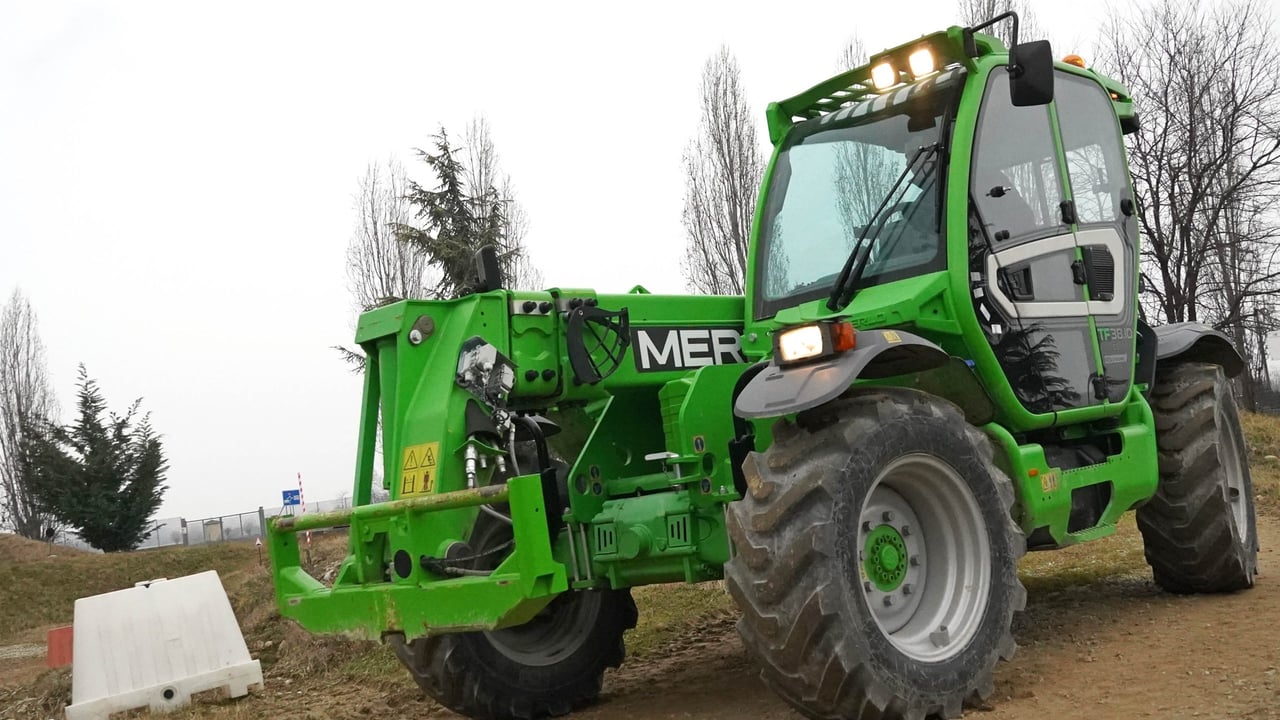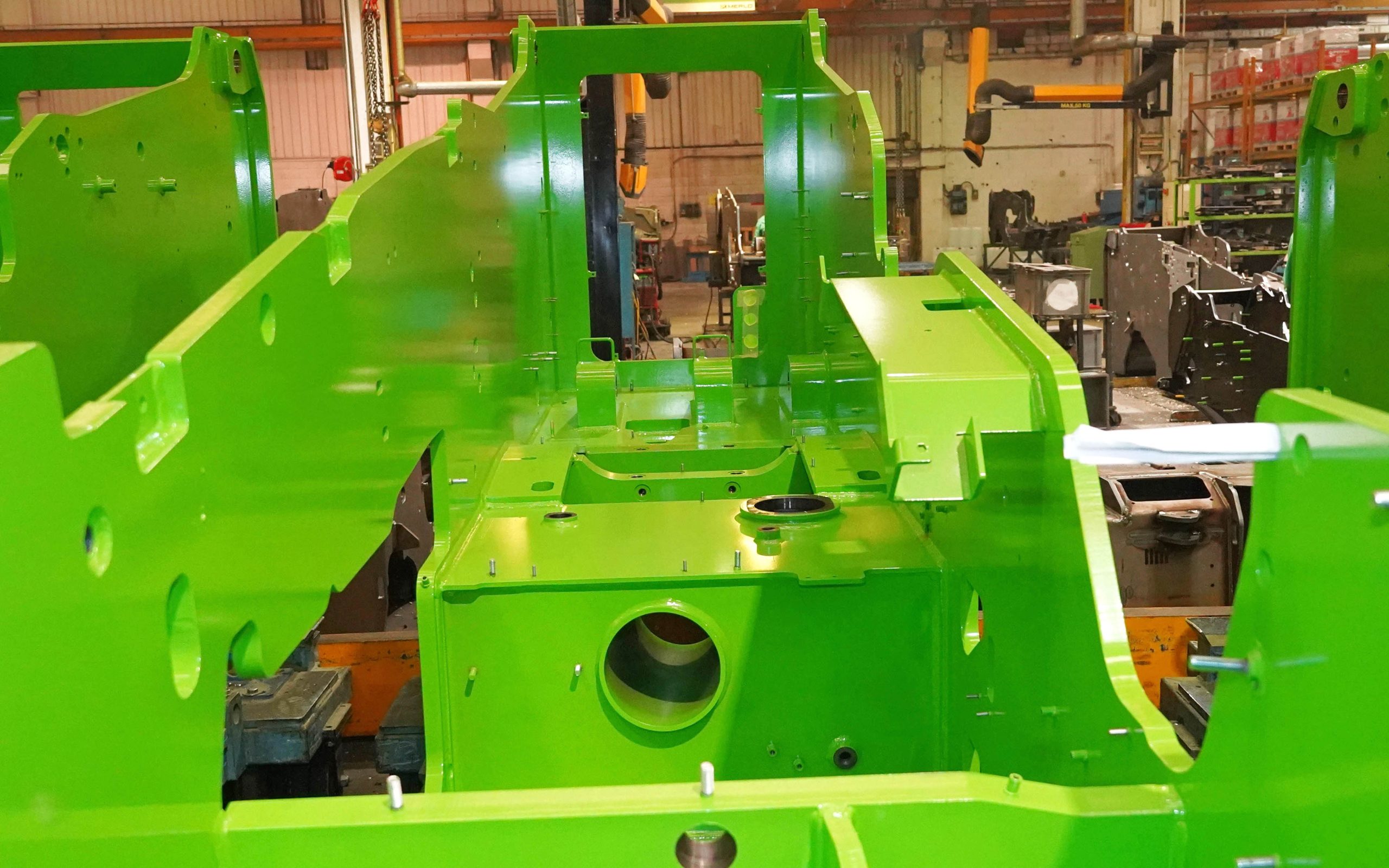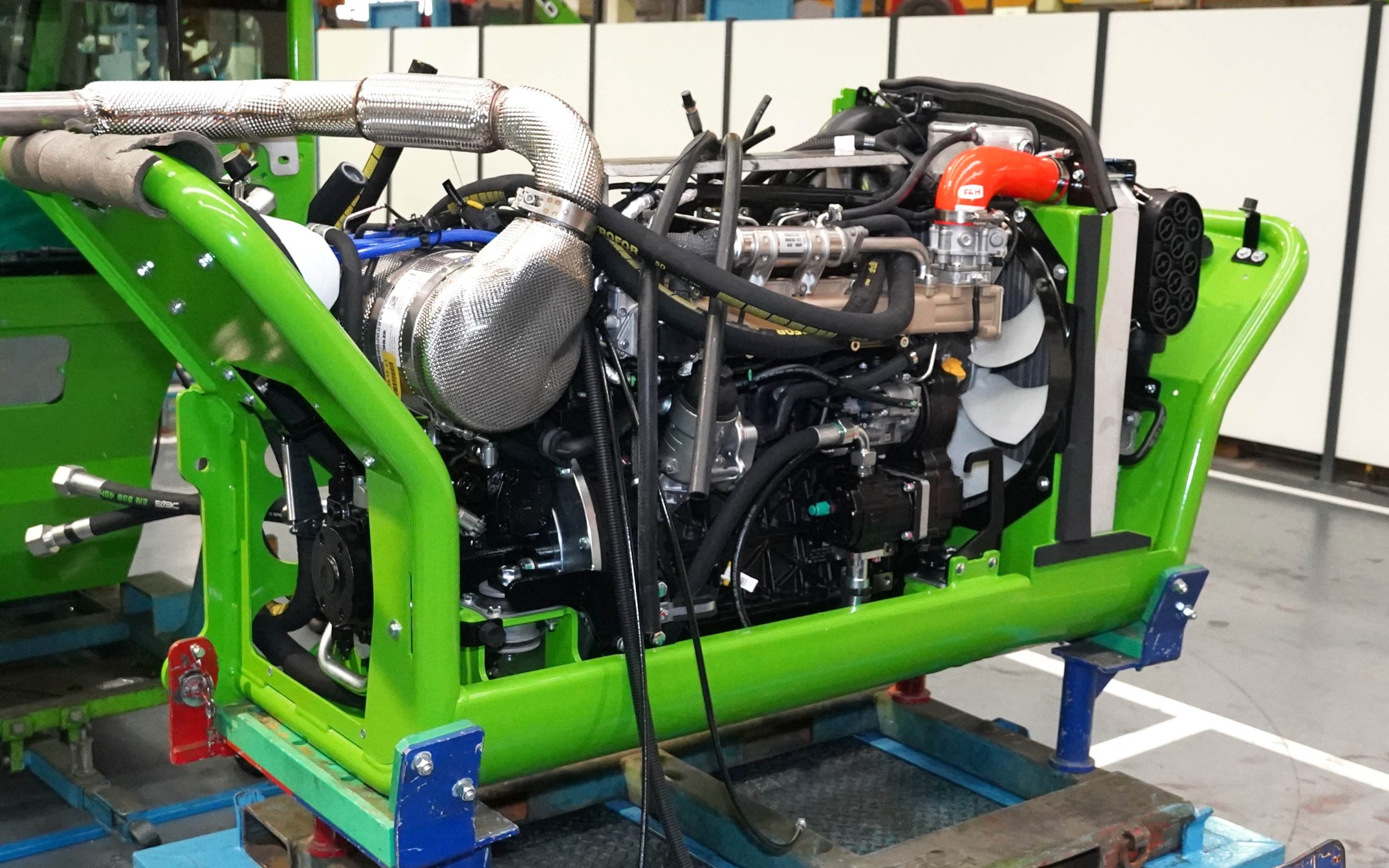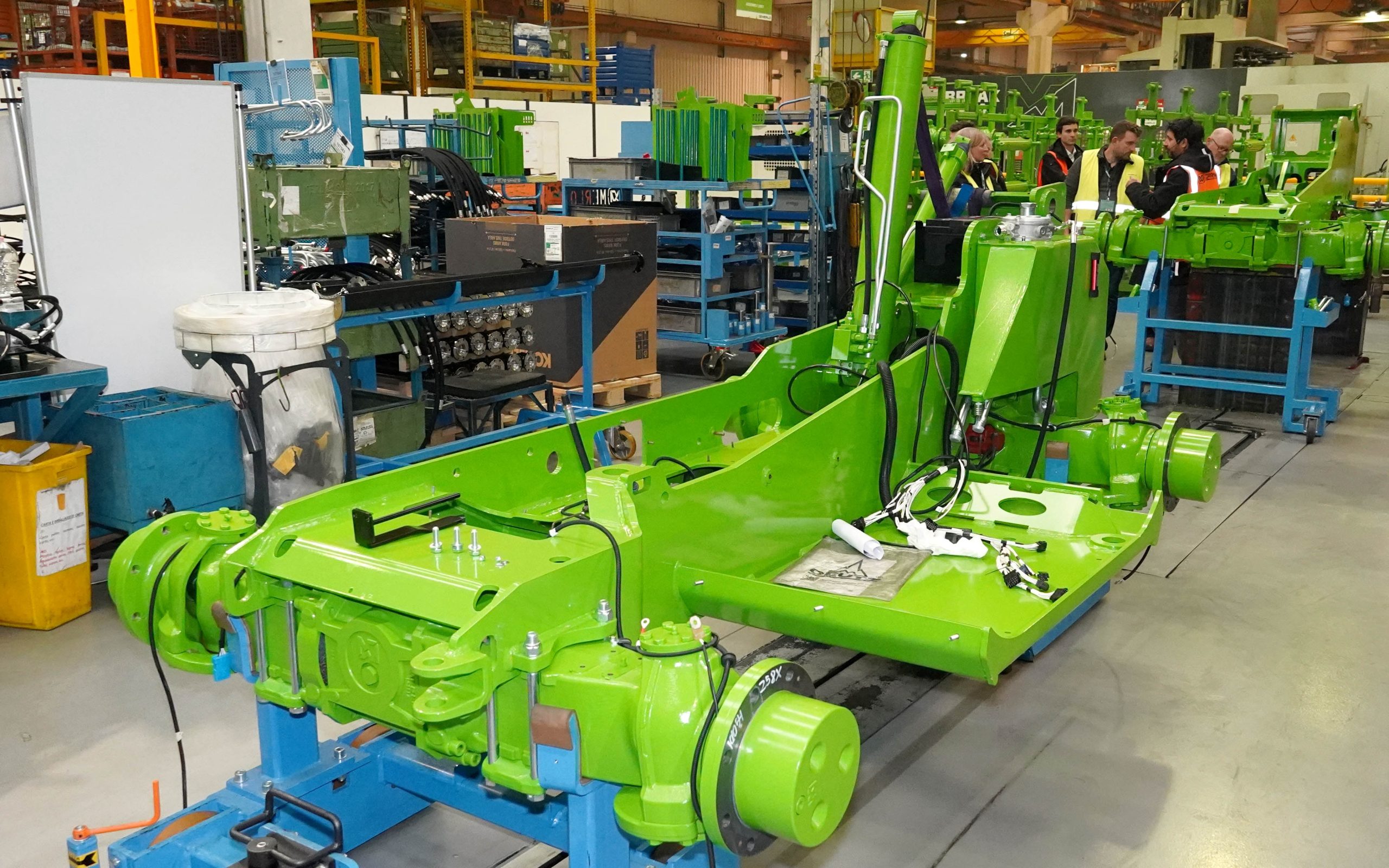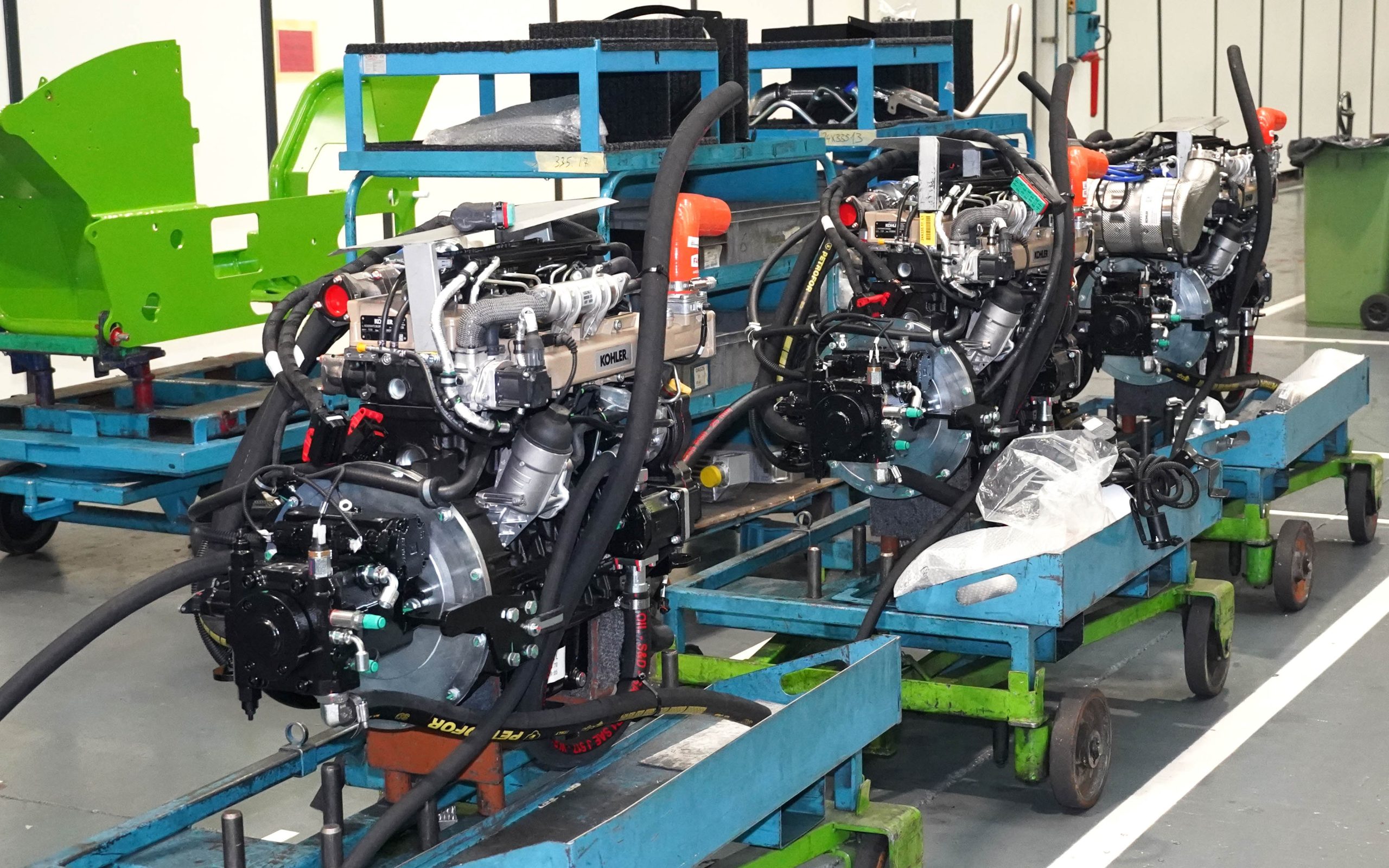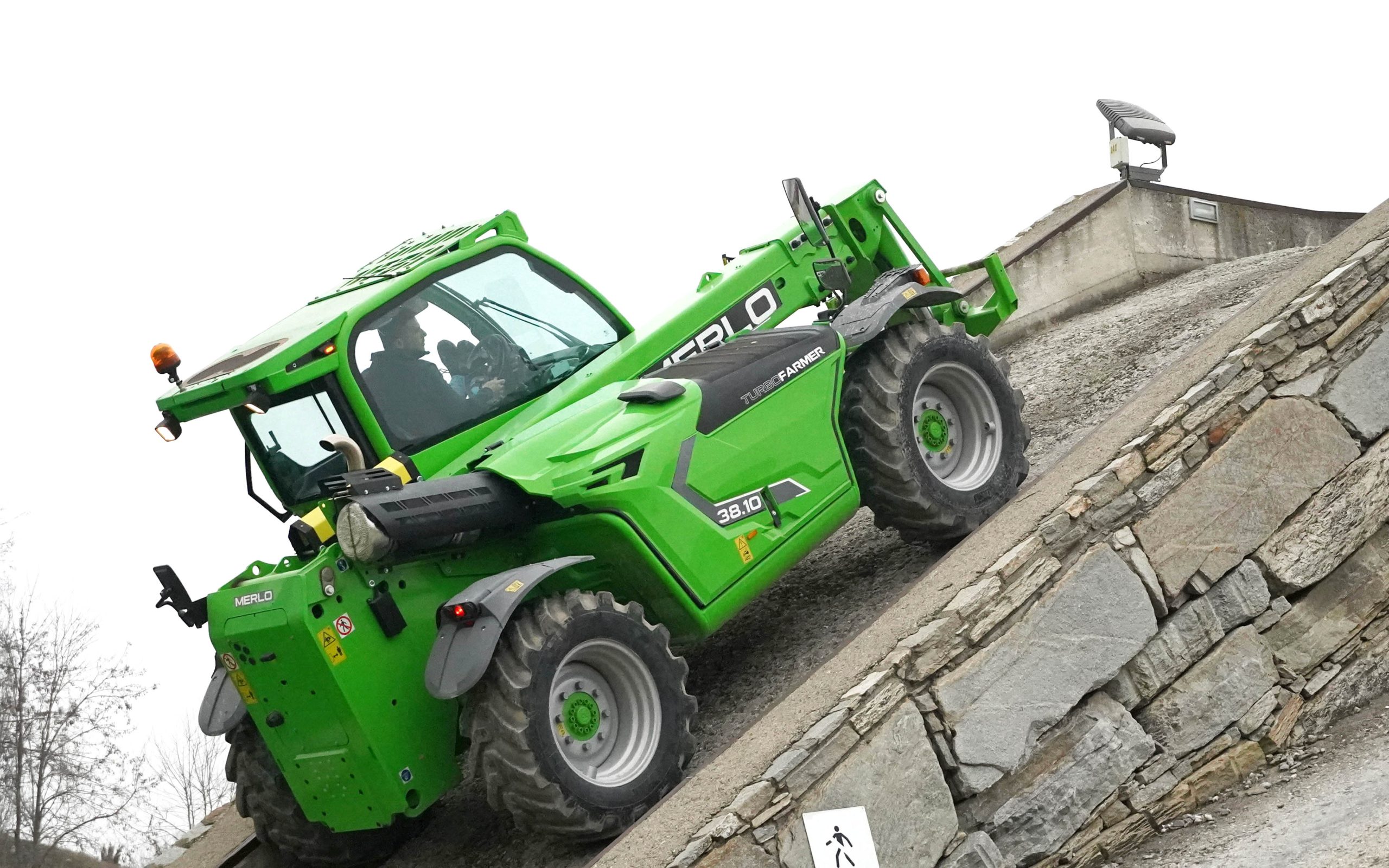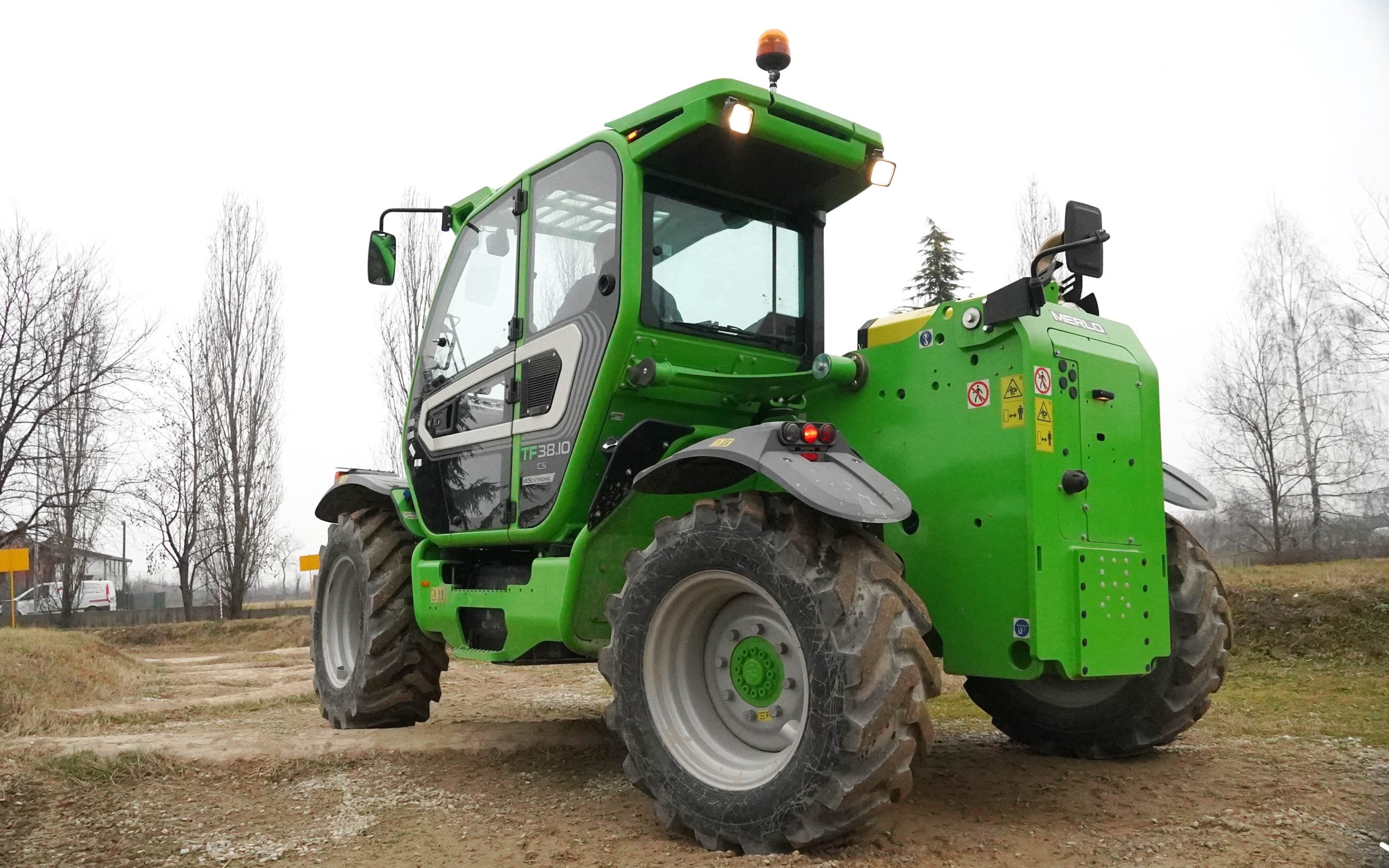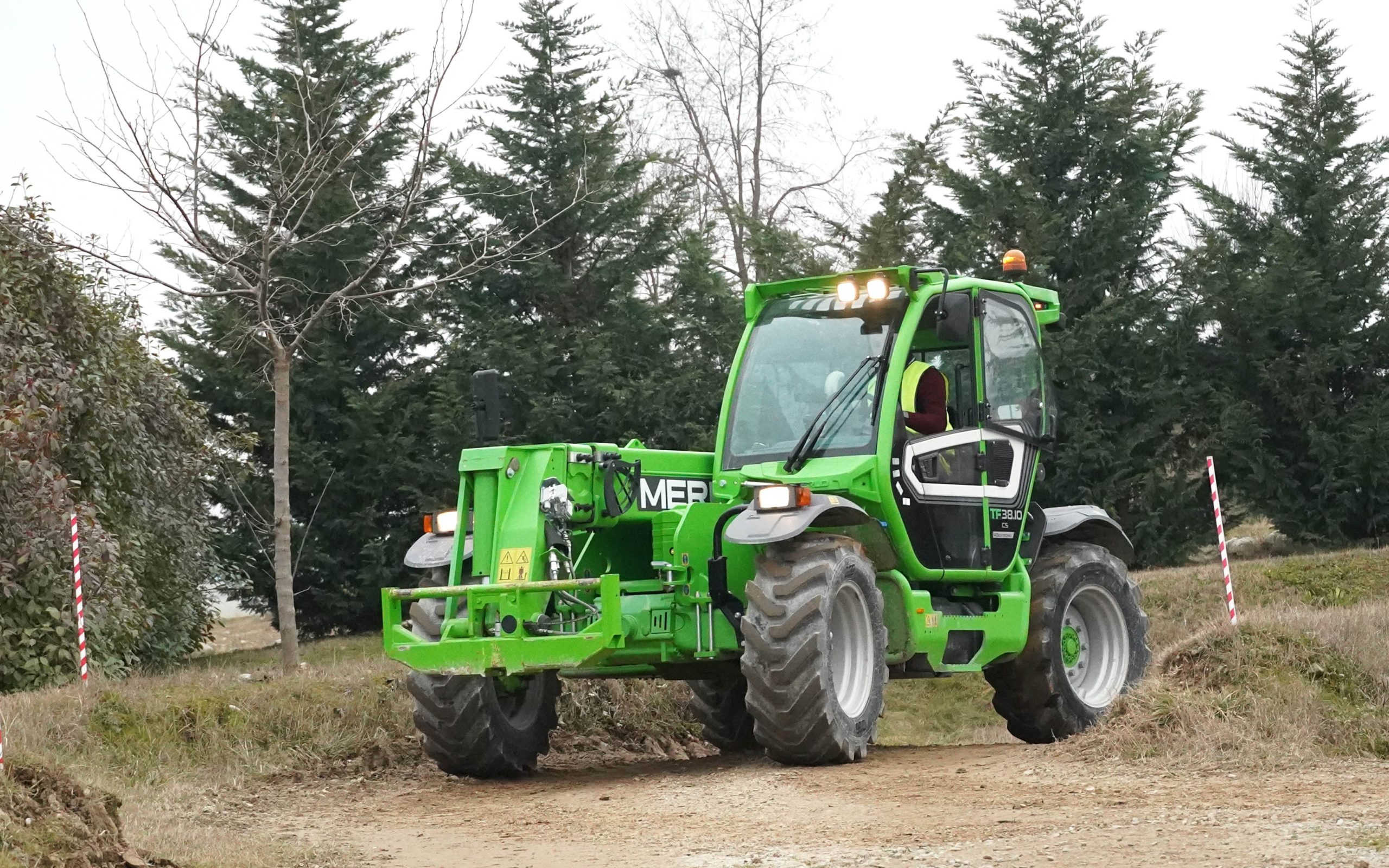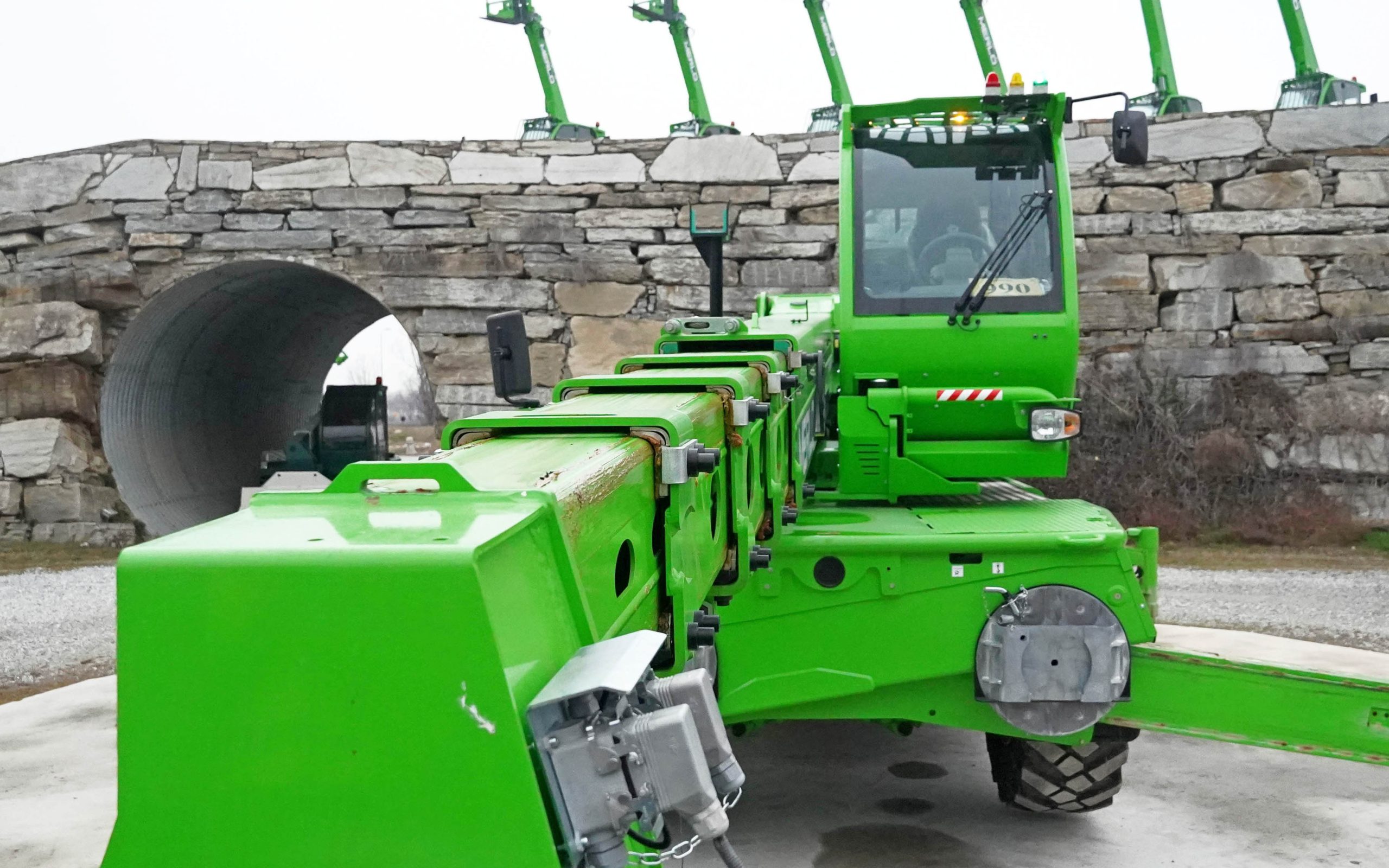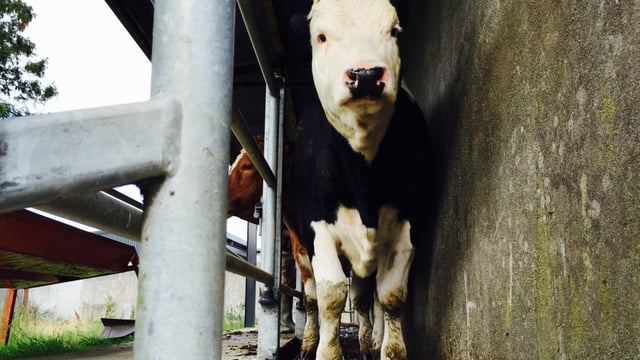Understanding the design and construction behind Merlo telehandlers
Best known for its telehandlers, Merlo focuses on creating compact and lightweight machines that can be operated effectively and efficiently in both the agricultural and construction industries.
The company is based just outside of Cuneo, a town in the Piedmont region of northwest Italy, where its factory produces over 90% of the components that go into making its products.
Over 80% of the company's machines are exported and the Merlo family, which still owns and manages the business, are keen to see that figure expand through a policy of continuous reinvestment.
Safety and vision are the two most important considerations in the design of the telehandlers, and the good all round visibility of the working area has been achieved by reducing the boom height to the extent that it sits in between the lower half of the cab and the engine when not in use.
The basic layout of Merlo telehandlers consists of a central robot welded frame in which sits the boom, attached by a pivot point at the rear, the ultimate aim of the design engineers being to place this mounting as low as possible.
To the left of the frame sits the cab, and there are three different sizes across the whole range, while to the right is mounted the engine unit in which there could be a Kohler, Deutz, or Perkins motor, depending on model series.
There is a fourth cab specifically for the battery-powered models, on these the engine compartment becomes a storage unit for the battery, lead acid being the standard fitment with lithium-ion being available as an option.
Supporting the frame are two axles driven by a hydrostatic transmission which itself is produced on site and bolted directly on to the rear of the engine.
On the smaller models the axles are provided by Spicer, on the larger they are built in-house with outboard dry disc brakes, the logic being that they are easier to service and thanks to the braking effect of hydrostatic drive, wear is much reduced anyway.
The hydrostatic transmission provides excellent control on slopes, which was demonstrated at the factory where it was shown creeping down a 60° slope at less than walking pace.
Naturally there is a neutral and parking brake, but with clever use of the foot throttle there should be little need to bother the brake too much during shuttle work.
On the larger models CVT is as an option, giving road speeds of up to 40km/h and with the full braking kit fitted, bringing bales back from the field to unload can be done with a sizable trailer.
At the factory, Merlo have a short test track featuring the usual bumps and ruts. It was on this track that we had the use of a Merlo 38.10 fitted with cab suspension.
Sitting the cab even on a dull day, the impression was one of light, there was no requirement to peer at the dials or controls, all could be seen quite clearly, and operated easily, there would be no need for a steep learning curve should the machine appear in the yard.
The shuttle lever is where you would expect to find it, but it is small and rather indistinct, when the going gets frantic, as it often does on farms, something that falls easier to hand might be preferable.
That aside the cab is a comfortable place to be and, having suspension, it rocks the occupant rather than jars and jolts them as it passes over the logs and rocks set out to test the machine.
With 136hp available the telehandler is brisk, the version tested weighs in at 8,300kg which, with its permitted payload of 3,800kg, makes it a 12t vehicle and that sort of weight needs plenty of power to move it round if it is to be done swiftly.
With engines becoming more power-dense, Telehandlers, with their need to remain compact, can now come into their own and perform yard and field tasks with an expedience that they lacked in the past.
Merlo is more than just Telehandlers though. The company has come to dominate the rotating handler market. These machines are more suited for construction work but they are finding a use in forestry and the utilities.
Dump trucks and self-loading concrete mixers are also part of its portfolio, and while it is keen to see these product lines expand, it is the telehandler that remains at the core of its business and Merlo should be leading the charge on the Irish market with these machines.

